I saw while traveling in Moldova and the Baltics recently what President Biden asserted in his Oval Office speech last night: Russian aggression in Ukraine threatens security and democracy far beyond Ukraine.
“If we don’t stop Putin’s appetite for power and control in Ukraine, he won’t limit himself just to Ukraine,” Biden said in his speech, which linked the conflict there to the horrific crisis in the Middle East (which I’ve also been feeling personally).
Moldova and the three Baltic countries — Lithuania, Latvia and Estonia — have not forgotten what it was like living as Soviet states under Russian domination. They treasure their independence and strongly support Ukraine. They understand what’s at stake, and so should we.

Champa and I saw Ukrainian flags everywhere during our trip this month — on public buildings, on churches, in shops.
Chişinǎu, Moldova’s capital, hosted a “Ukrainian Day” while we were there. Ukrainian families that fled there after the Russian invasion celebrated their homeland with dances, food and traditional costumes.
This young woman wore a dress and wig that resemble Ukraine’s flag.
Social service groups set up booths to provide refugees with resources and information.
We saw Ukrainian assistance centers throughout our trip, such as at this storefront in Latvia’s capital, Riga.
Ukrainians even receive special parking benefits in Riga.
This message atop a building in Vilnius, Lithuania, reflected the popular sentiment that Russia is committing war crimes in Ukraine.
My friends in Moldova, and those on the front lines in Ukraine, don’t know anything about the dysfunction in our Congress. They just need help, and fast. As Biden said, “there are innocent people all over the world who hope because of us, who believe in a better life because of us, who are desperate not be forgotten by us, and who are waiting for us.”











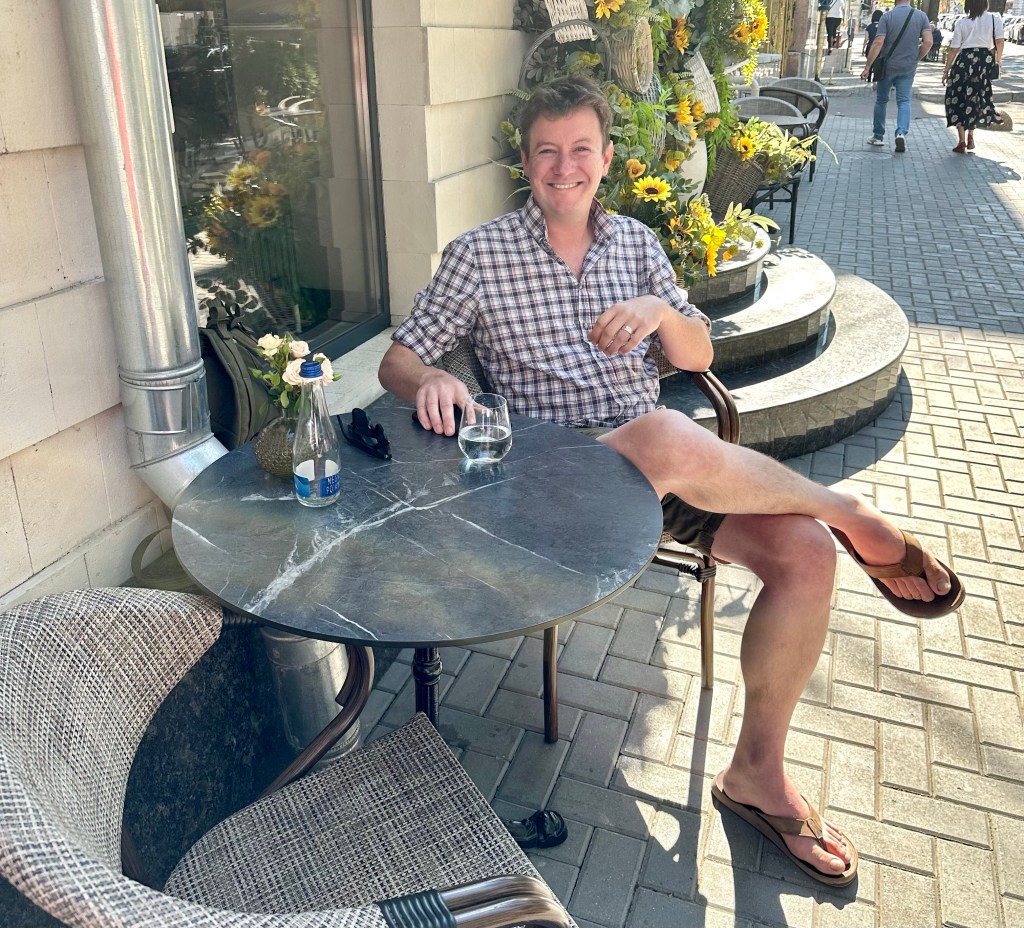








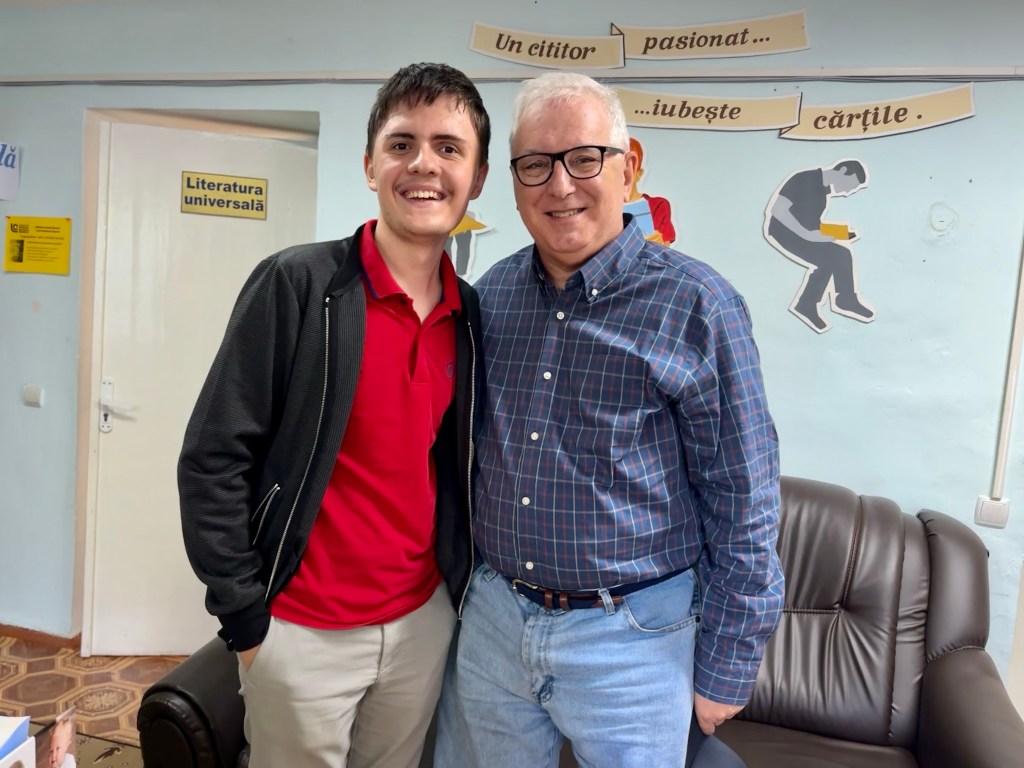
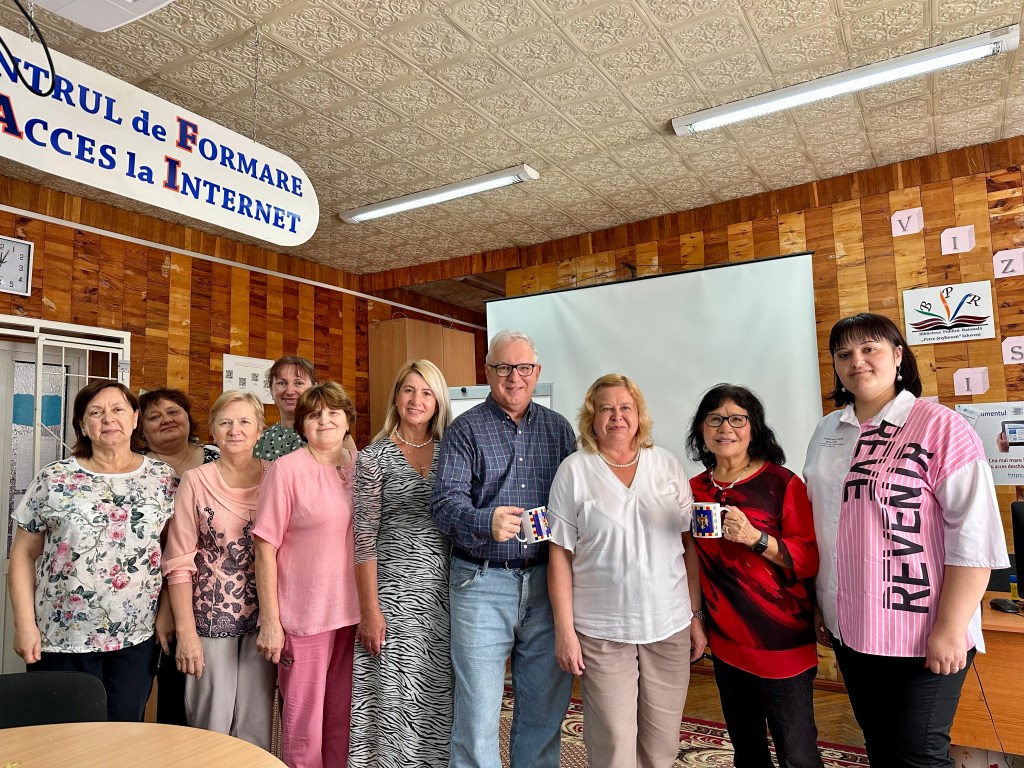


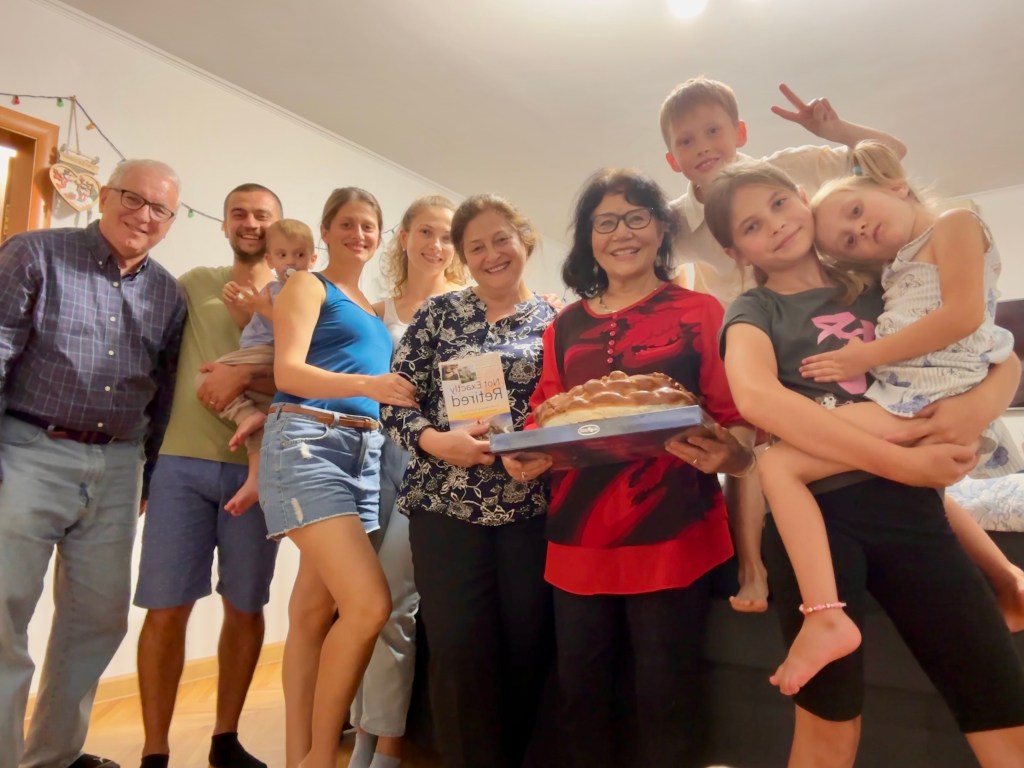




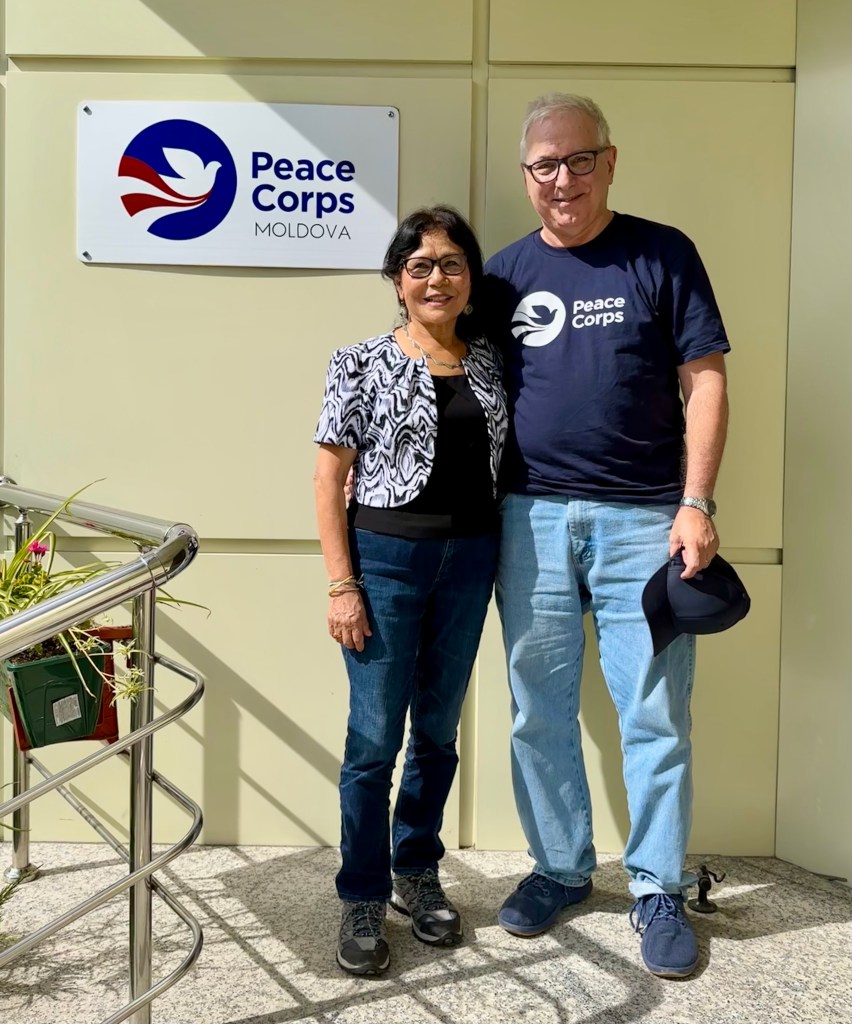
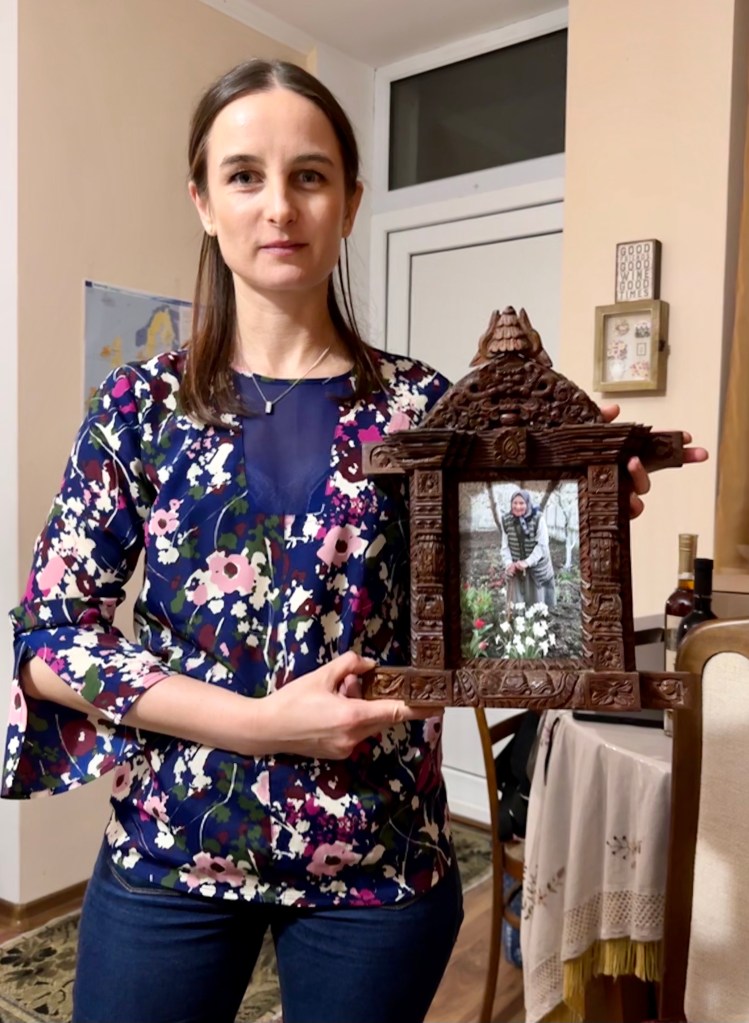















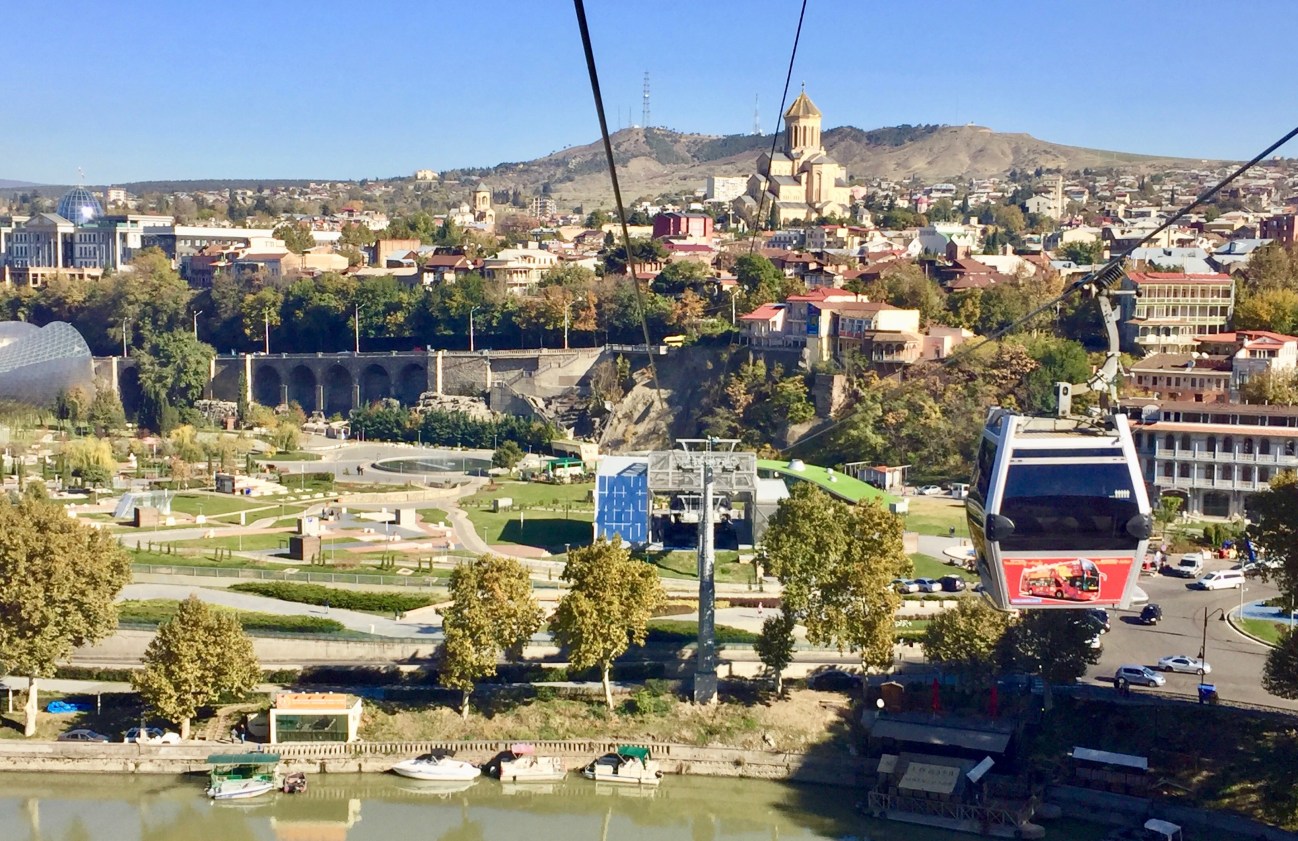


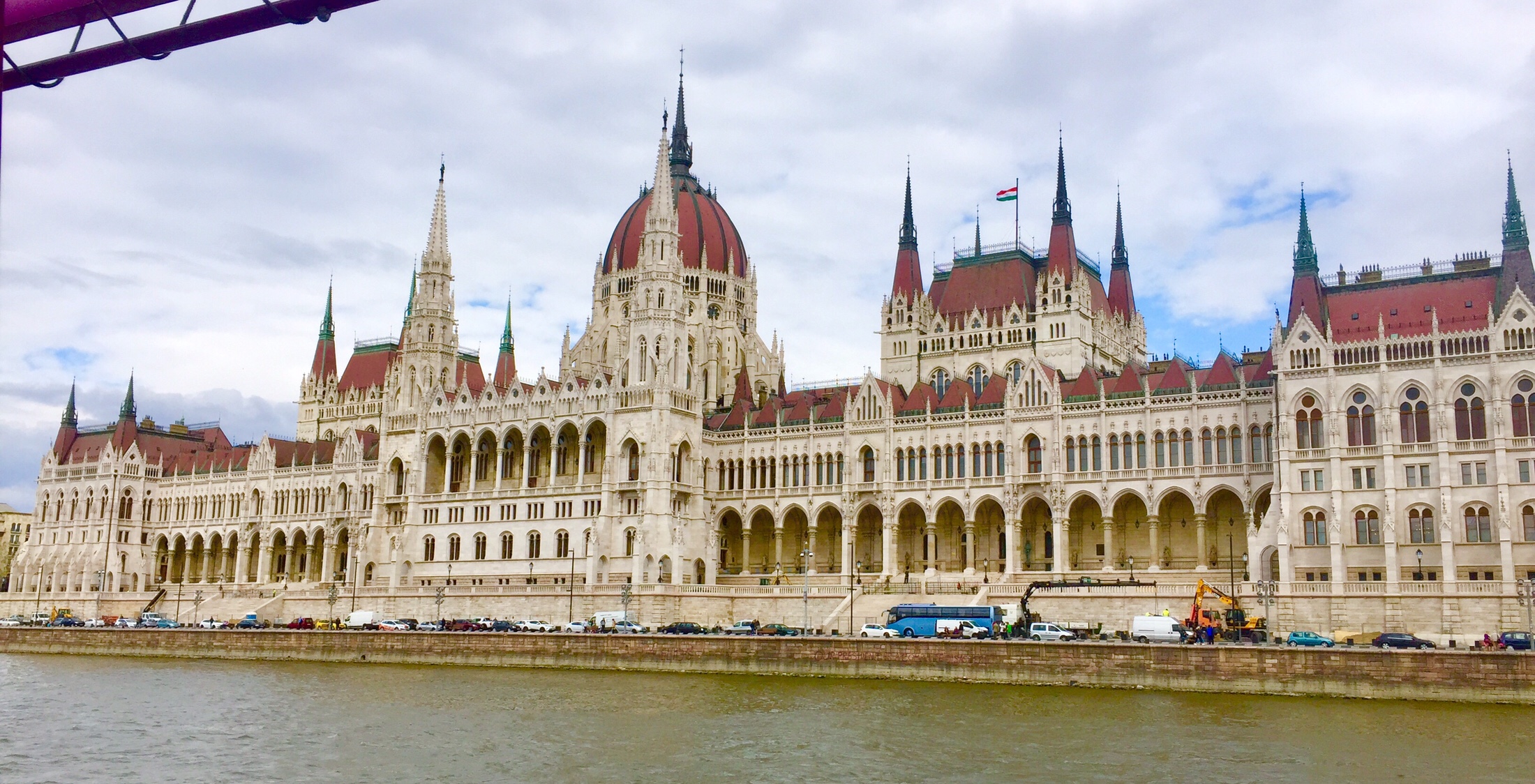
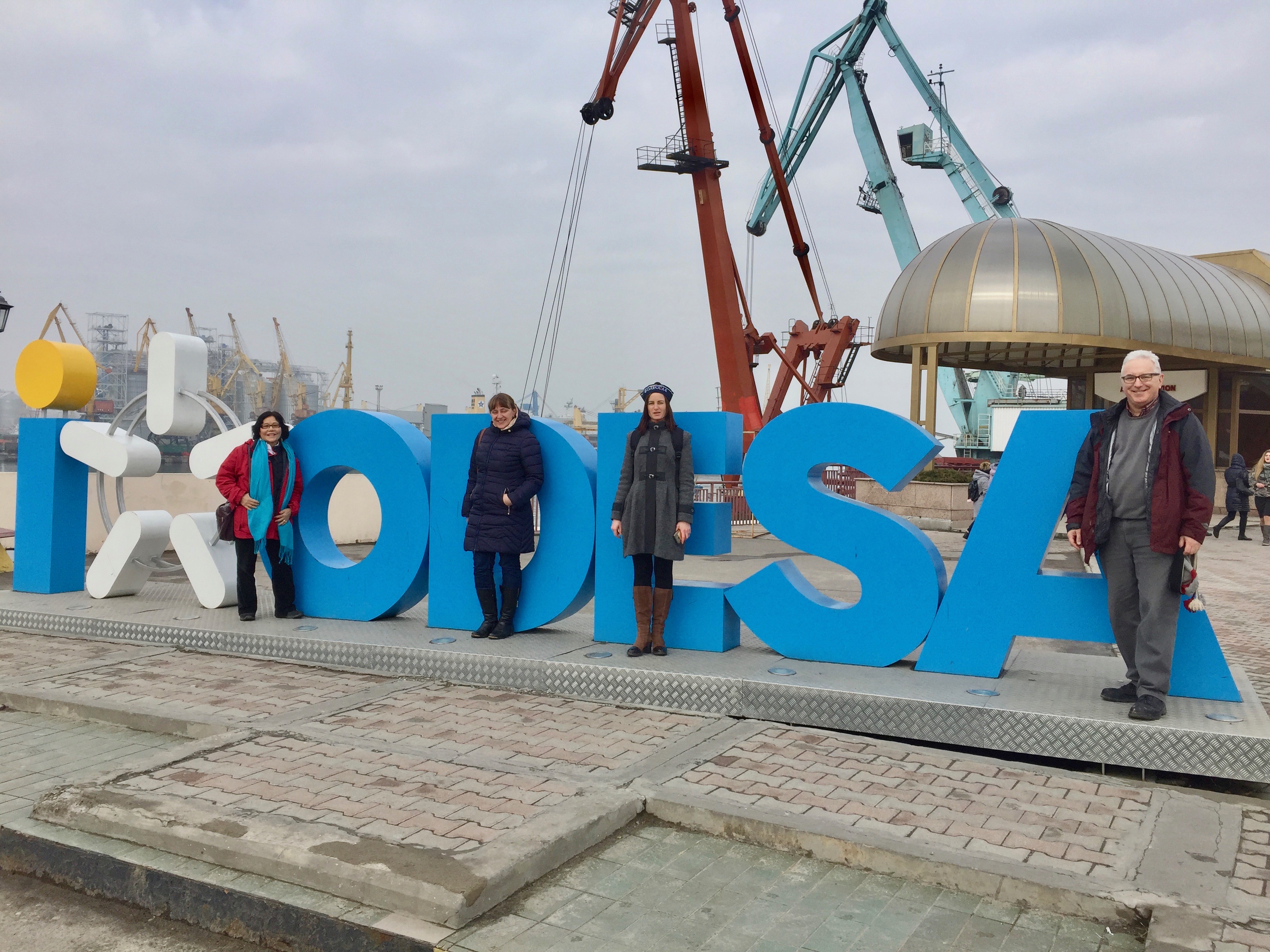


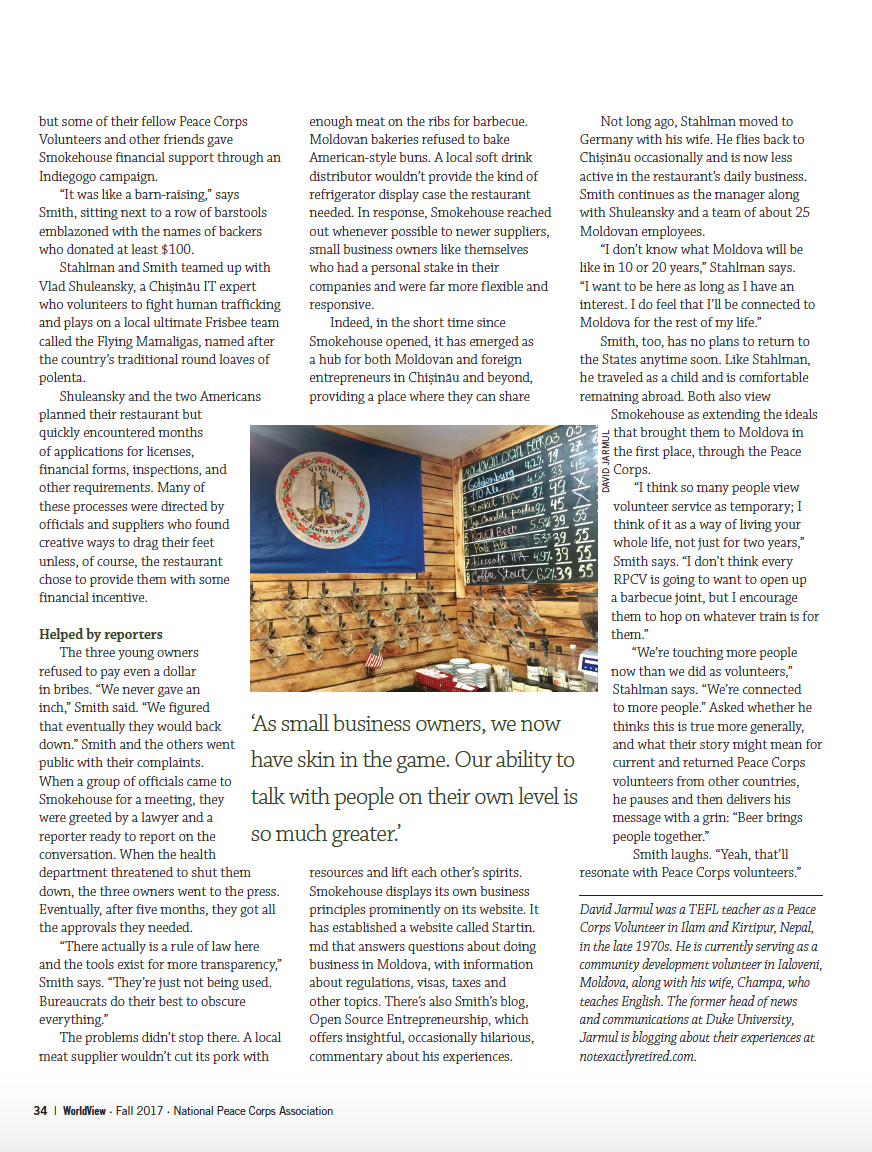

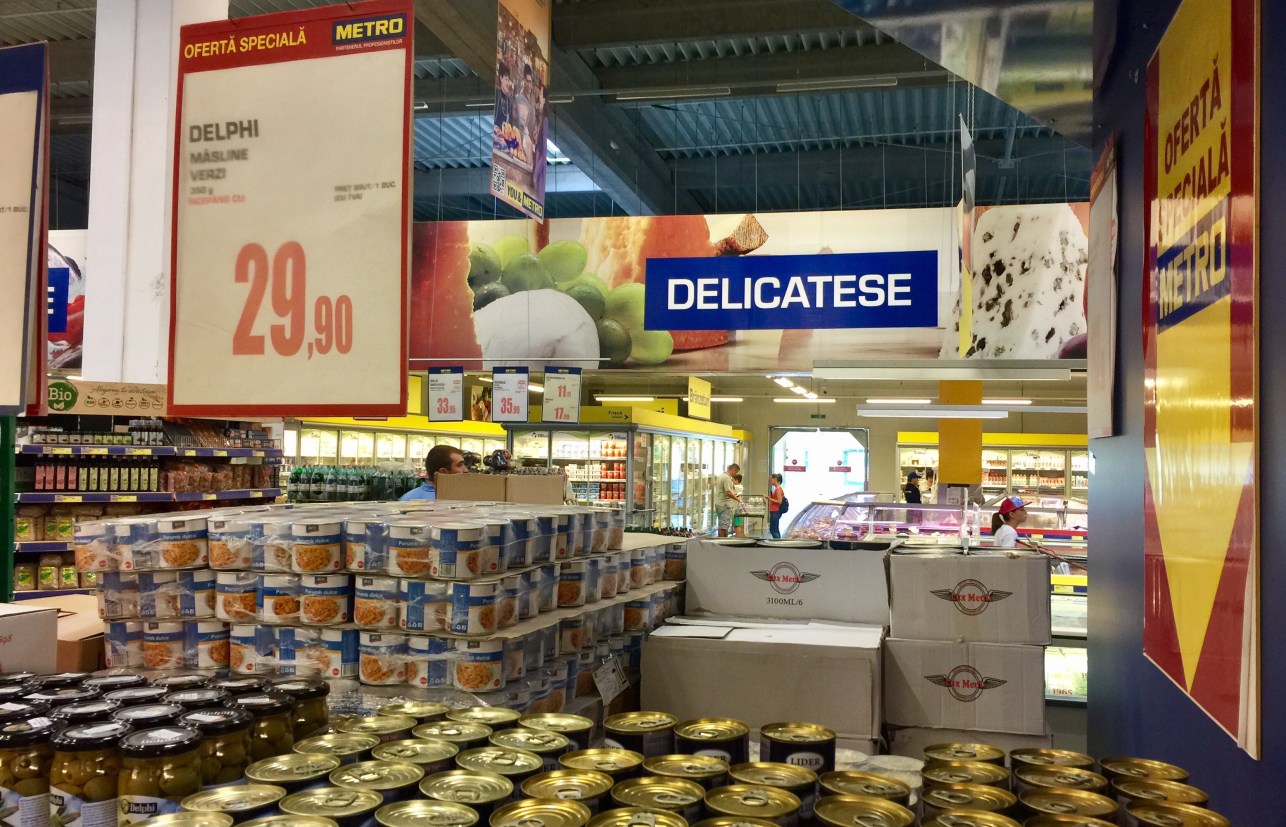



 The stores here resemble Costco, from their giant shelves and forklifts to their membership cards and crowded parking lots where customers unload giant boxes of laundry detergent or dog food. Here, too, customers seem to buy more than they need because they can’t resist an apparent bargain. Many pay with cash, although credit and debit cards are becoming more popular with the kinds of Moldovans who shop here.
The stores here resemble Costco, from their giant shelves and forklifts to their membership cards and crowded parking lots where customers unload giant boxes of laundry detergent or dog food. Here, too, customers seem to buy more than they need because they can’t resist an apparent bargain. Many pay with cash, although credit and debit cards are becoming more popular with the kinds of Moldovans who shop here. 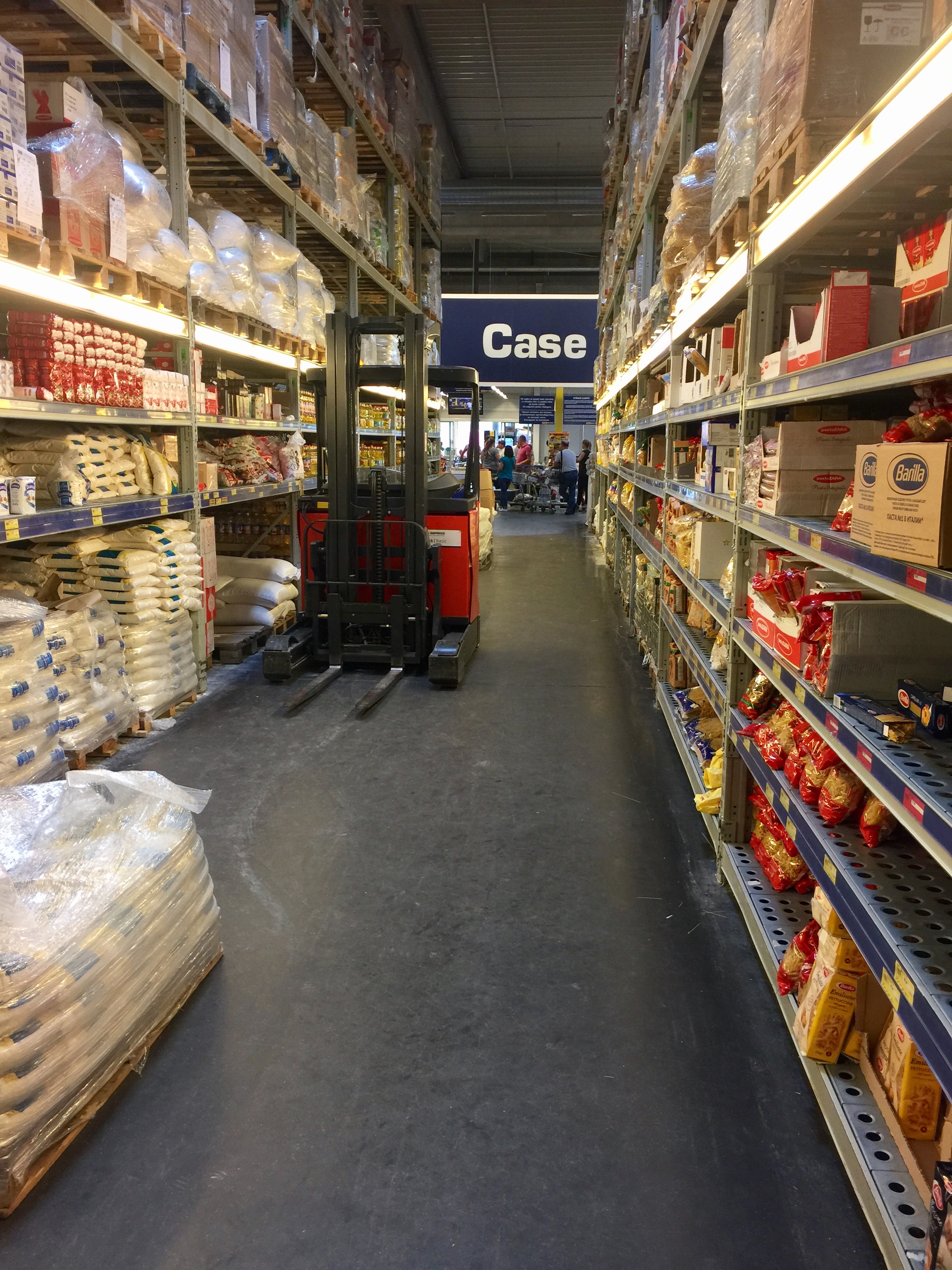

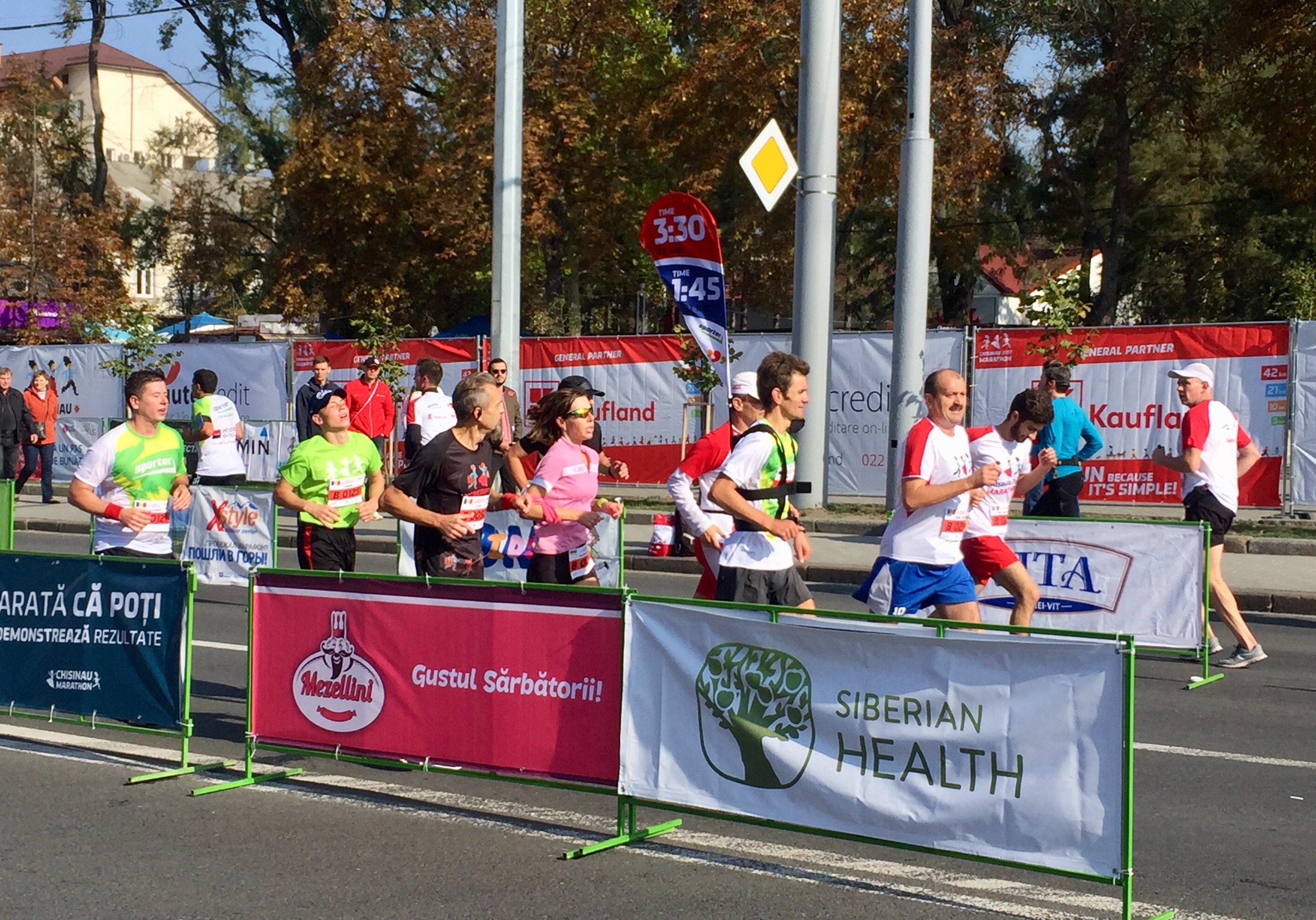



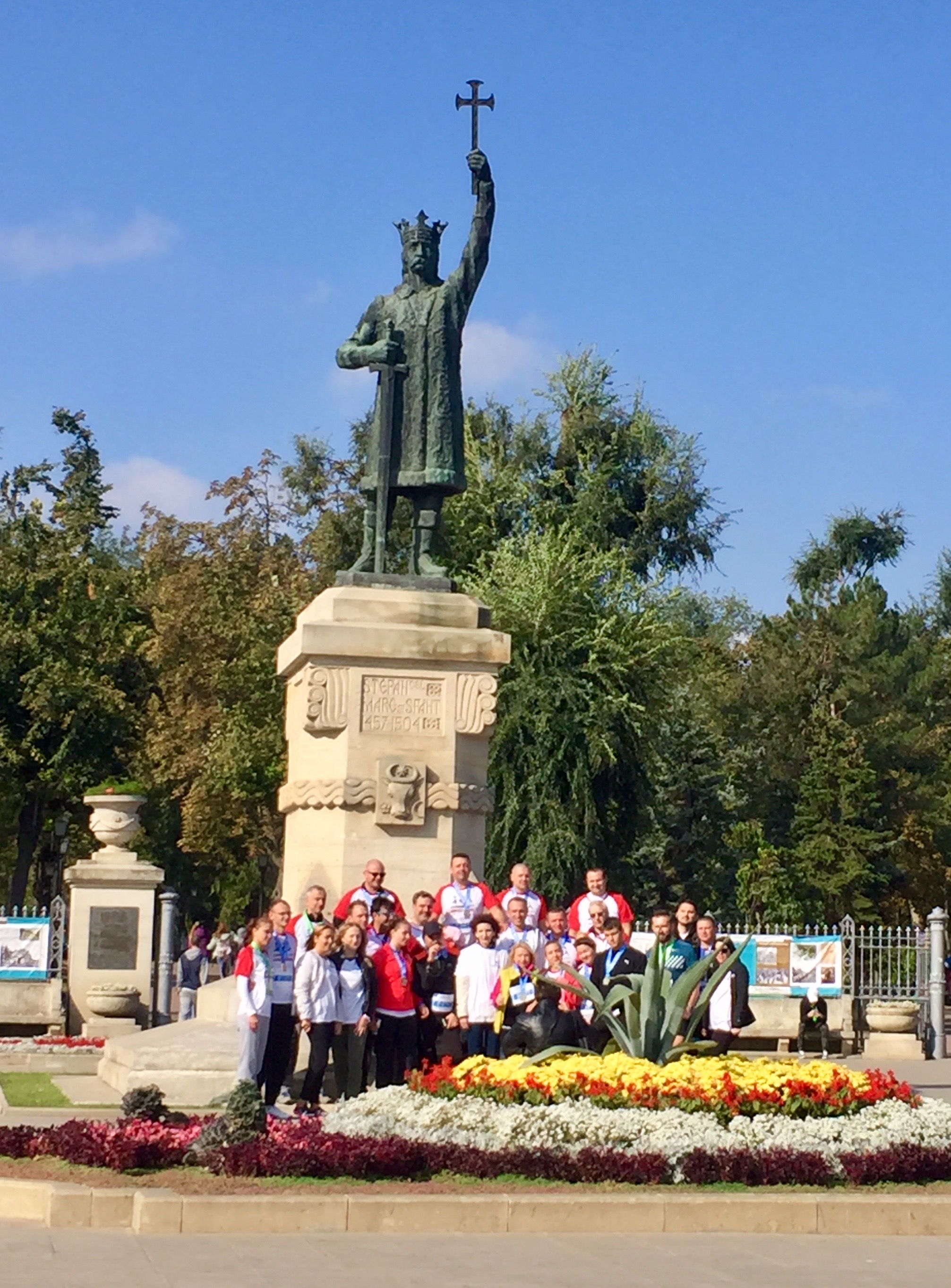 As in other cities, Moldova’s marathon disrupts local traffic and bus schedules. I discovered this on Sunday when the bus I usually take downtown wasn’t running. I had to scramble to find another bus to take me to a meeting I’d scheduled at a downtown library. (The people I was supposed to meet didn’t show up at all.)
As in other cities, Moldova’s marathon disrupts local traffic and bus schedules. I discovered this on Sunday when the bus I usually take downtown wasn’t running. I had to scramble to find another bus to take me to a meeting I’d scheduled at a downtown library. (The people I was supposed to meet didn’t show up at all.) If you’re a runner, put the Chișinău International Marathon on your list. You’ll enjoy participating and you can spend a few days exploring Moldova’s other attractions, such as its churches, wineries and countryside. You’ll also get a cool medal, like the one you see here. Boston and New York are great, to be sure, but how many of your friends have a medal like this?
If you’re a runner, put the Chișinău International Marathon on your list. You’ll enjoy participating and you can spend a few days exploring Moldova’s other attractions, such as its churches, wineries and countryside. You’ll also get a cool medal, like the one you see here. Boston and New York are great, to be sure, but how many of your friends have a medal like this?



